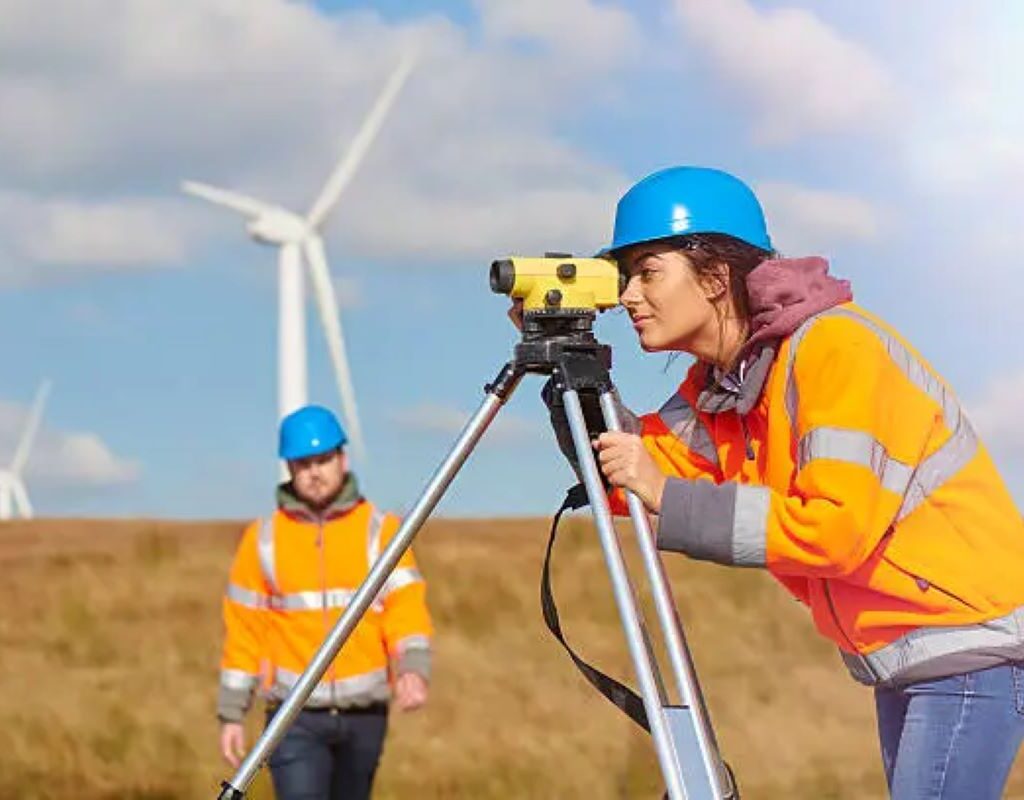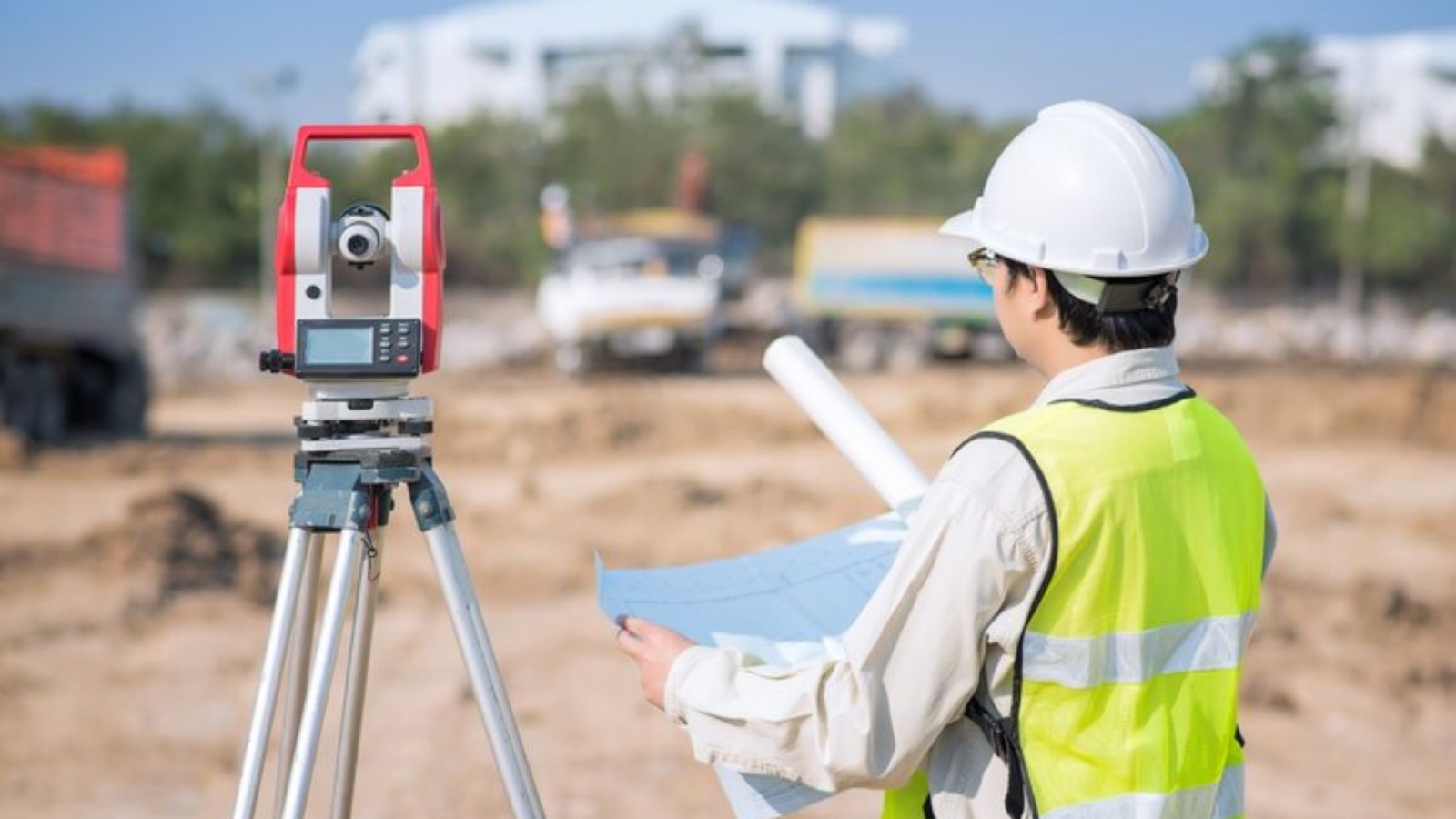Surveying engineering plays a vital role in the successful execution of large-scale projects. It encompasses a range of techniques and technologies that ensure the accurate measurement and mapping of areas necessary for project planning and execution. Understanding the significance of this field helps both project managers and stakeholders appreciate how surveying engineering contributes to the overall efficiency, safety, and precision of construction activities.
Understanding Surveying Engineering
Surveying engineering is a discipline that combines science and technology to gather, analyse, and interpret spatial information about the earth. It involves the determination of distances, angles, and the layout of structures, ensuring that all components of a project are accurately positioned and aligned. Surveyors utilise a variety of tools and techniques, including the latest digital technologies like GPS and 3D laser scanning, to facilitate their work. These advancements not only improve the accuracy of measurements but also significantly reduce the time required for data collection, allowing surveyors to focus on more complex analyses and problem-solving tasks.
In addition to traditional surveying methods, the integration of Geographic Information Systems (GIS) has revolutionised the field. GIS enables surveyors to visualise and analyse spatial data in a way that was previously unattainable. By layering various data sets, such as environmental conditions, land use, and infrastructure, surveyors can provide comprehensive insights that inform both planning and execution phases of projects. This holistic approach ensures that all potential impacts are considered, leading to more sustainable and efficient outcomes.
The role of surveying engineering in construction
In the construction industry, surveying engineering serves as the backbone for successful project execution. Prior to any construction work, surveys are conducted to establish baseline data about the project site, which includes topographical features, boundary lines, and existing structures. This data is crucial for architects and engineers, who rely on it for designing safe and functional systems that meet specified requirements. The initial survey not only identifies potential challenges but also aids in optimising the design to fit the unique characteristics of the site, thereby enhancing the overall feasibility of the project.
Moreover, surveyors work continuously throughout the construction phase to monitor and validate the positions of structures, ensuring compliance with design specifications. They establish control points and benchmarks that help in maintaining the necessary accuracy as construction progresses. This ongoing oversight is vital, as even minor deviations can lead to significant issues later on, such as structural instability or increased costs. By employing advanced techniques like real-time kinematic positioning (RTK), surveyors can provide immediate feedback to construction teams, facilitating prompt adjustments and ensuring that the project remains on track.
Key principles of surveying engineering
The key principles of surveying engineering include land measurement, data representation, and error analysis. Accurate land measurement involves determining the coordinates of points on the earth’s surface and requires precise calculations to eliminate discrepancies. Data representation is about translating the collected data into actionable formats such as maps, digital models, and reports that inform decision-making processes. The use of 3D modelling, for instance, allows stakeholders to visualise the project in a more immersive manner, aiding in communication and collaboration among diverse teams.
Error analysis is an integral part of surveying engineering. It helps identify and quantify errors in measurements and calculations, which is essential for maintaining the quality of data and ensuring that the information used throughout the project is as reliable as possible. By adhering to these principles, surveying engineers enhance the capability of project teams to deliver successful outcomes. Furthermore, the application of statistical methods in error analysis not only improves the accuracy of results but also builds confidence among clients and stakeholders, reinforcing the importance of meticulous data handling in the field of surveying engineering.
The Importance of Surveying Engineering in Large-Scale Projects
Large-scale projects face unique challenges, including complex site conditions, the integration of various disciplines, and increased regulatory scrutiny. In this context, the importance of surveying engineering becomes even more pronounced. Effective surveying ensures that projects are executed efficiently while minimising the potential for costly errors and rework.
Ensuring accuracy and precision in project execution
Accuracy and precision are paramount in large-scale construction projects. Surveying engineering provides the foundation for ensuring that all elements of a project are constructed according to the approved design and specifications. By employing sophisticated measurement tools and techniques, surveyors can give precise data that informs construction practices, thereby reducing the risk of deviations.
This level of accuracy not only assures clients of the integrity of the project but also helps in maintaining timelines. When construction is erroneous and necessitates re-adjustments, the effect can ripple through the project schedule, impacting costs and resources. Thus, the role of surveying engineers in ensuring this accuracy cannot be overstated.
Moreover, the integration of advanced technologies such as Geographic Information Systems (GIS) and 3D laser scanning has revolutionised the field of surveying engineering. These tools enhance the ability to visualise and analyse spatial data, allowing for a more comprehensive understanding of the project site. By creating detailed topographical maps and 3D models, surveyors can provide invaluable insights that aid in the decision-making process, ensuring that all stakeholders are on the same page from the outset.
Risk mitigation and cost efficiency
Large-scale projects often involve significant investments, and any inaccuracies or misjudgements can lead to substantial financial repercussions. Through thorough surveying practices, project teams can identify potential risks early in the planning phase and develop strategies to mitigate them. For instance, by accurately assessing site conditions and potential obstacles, surveyors enable project managers to develop realistic timelines and budgets.
Furthermore, accurate surveying reduces the likelihood of disputes arising from boundary encroachments and design discrepancies. This serves to create a smoother workflow and establishes a positive relationship among stakeholders, which is vital in the realm of large-scale construction. The collaborative nature of surveying also fosters communication among architects, engineers, and contractors, ensuring that everyone is aligned with the project’s goals and requirements.
Additionally, the role of surveying extends beyond the initial phases of a project. Continuous monitoring and reassessment during construction can help identify any deviations from the original plans, allowing for timely interventions. This proactive approach not only saves money but also enhances the overall safety of the construction site, as potential hazards can be addressed before they escalate into serious issues. By embedding surveying practices throughout the project lifecycle, teams can ensure that their investments are protected and that the final outcomes meet the highest standards of quality and compliance.

The Benefits of Surveying Engineering
The integration of surveying engineering into large-scale projects yields numerous benefits, enhancing overall project quality and efficiency. By leveraging the capabilities of surveying engineering, project managers can achieve better outcomes, tailored resource management, and improved stakeholder satisfaction.
Enhancing project planning and design
Surveying engineering significantly enhances project planning and design by providing critical spatial information. This information is essential for efficient site layout, resource allocation, and alignment of construction activities with regional regulations. Access to accurate data allows project planners to design frameworks that are not only feasible but also optimise the use of available space.
Moreover, integrating surveying data early in the design process can highlight design flaws or conflicts that may not be apparent until later stages of construction. By addressing these issues upfront, teams can prevent major redesigns that are often time-consuming and costly, allowing for a more streamlined project development process. Additionally, the use of advanced technologies such as Geographic Information Systems (GIS) and 3D modelling further enhances the capability of surveying engineering, enabling teams to visualise complex data in a more accessible format. This visualisation assists in stakeholder presentations and can facilitate better communication among team members, ensuring that everyone is aligned with the project vision from the outset.
Improving resource management and allocation
Effective resource management is crucial for the success of large-scale projects. Surveying engineering plays a key role in identifying resource requirements based on accurate assessments of site conditions and project specifications. By mapping out the terrain and surrounding areas, surveyors help project managers determine the quantity and type of material required for various phases of construction.
This enables better scheduling and reduces waste, leading to a more sustainable approach to resource management. Additionally, precise information allows for optimal allocation of labour, machinery, and materials, streamlining processes and ultimately saving the organisation both time and money. Furthermore, the data collected through surveying can also inform future maintenance and operational strategies, allowing for a proactive approach to facility management. By understanding the lifecycle of materials and the wear and tear on machinery, organisations can plan for timely repairs and replacements, thus extending the longevity of their investments and ensuring that projects remain within budget constraints over time.
The Future of Surveying Engineering in Large-Scale Projects
The field of surveying engineering is experiencing rapid advancements driven by technological innovations and a growing emphasis on sustainability. As the demands of large-scale projects evolve, surveying engineering is adapting to meet these changes head-on.
Technological advancements in surveying engineering
Emerging technologies are revolutionising the way surveying engineers collect and process data. Innovations such as drone surveying and 3D modelling enhance the efficiency of surveys while significantly improving accuracy. Drones can rapidly cover extensive areas, capturing high-resolution imagery and data that can be analysed in real-time.
Moreover, building information modelling (BIM) integration within surveying methodologies allows for enhanced collaboration and communication among project stakeholders. This technology facilitates a more visual and dynamic understanding of the entire project lifecycle, from initial planning through to execution and maintenance.
In addition to drones and BIM, the advent of artificial intelligence (AI) and machine learning is set to further transform surveying practices. These technologies can analyse vast datasets to identify patterns and predict potential issues before they arise, thereby enabling proactive decision-making. For instance, AI algorithms can optimise survey routes for drones, ensuring that the most critical areas are covered efficiently while reducing time and costs. This synergy of technology not only streamlines processes but also enhances the overall quality of the data collected, leading to more informed project outcomes.

The impact of sustainable practices on surveying engineering
As sustainability becomes increasingly important in construction, surveying engineering is playing a pivotal role in integrating eco-friendly practices. By assessing environmental impact and enabling responsible site selection and resource use, surveying engineers contribute to the development of projects that align with sustainability goals.
Furthermore, the implementation of sustainable practices in surveying can help to minimise the carbon footprint associated with construction activities. By employing advanced techniques to analyse land use and optimise resource allocation, surveying engineers ensure large-scale projects support broader environmental stewardship efforts.
Additionally, the shift towards sustainable surveying practices often involves the use of renewable energy sources and environmentally friendly materials. For example, some surveying firms are now utilising solar-powered equipment and eco-conscious surveying tools that reduce waste and energy consumption. This not only contributes to the overall sustainability of projects but also sets a precedent for future developments in the industry, encouraging a culture of environmental responsibility among engineers and stakeholders alike. As the construction sector continues to grapple with the challenges posed by climate change, the role of surveying engineering in promoting sustainable practices will undoubtedly become even more critical.
More to Read : The Role of a Survey Engineer in Infrastructure Development

